Where Do Broadside Collisions Most Commonly Occur?

Broadside collisions, also called angle collisions or T-bone collisions, most frequently occur at intersections when the front end of one vehicle strikes the passenger side of another vehicle at a right angle. Broadside crashes are among the most treacherous and fatal traffic accidents.
Occupants of the vehicle broadsided tend to suffer the worst in the collision because cars usually do not have safety features that are as effective against a side-impact collision as they do for a front-end collision. In particular, seat belts and airbags aren’t as effective in preventing injury during broadside collisions.
In this blog post, we explore broadside collisions, including where they most commonly occur, why intersections are dangerous, and common causes of broadside collisions. Having an in-depth understanding of these deadly crashes can help you avoid falling victim to one when you travel on Washington’s streets and highways.
For more information after your broadside accident in Seattle call Boohoff Law and speak with a car accident attorney today to discuss your legal options.
Most Broadside Collisions Happen at Intersections
Intersections are where motor vehicles cross paths most often, making them the most common location for broadside collisions. It shouldn’t be surprising that intersections are among the most dangerous spots on roads and highways. In fact, you might notice an increase in roundabouts at intersections because they keep traffic flowing smoothly, reducing the number of accidents. Some distinctive features related to driving through intersections increase their danger. These features include:
How Drivers Process Information
The mere existence of an intersection does not cause an accident–drivers make intersections dangerous. Negligent and careless drivers can make mistakes, get distracted, and make poor decisions behind the wheel, putting others on the road in danger. Researchers and engineers who study highways and roads give special focus to intersections, especially as it pertains to human error and how humans process information.
Safely driving through an intersection requires drivers to receive and process information to make appropriate maneuvers. The human brain can only sequentially process information one piece at a time. Intersections are complex situations that include huge amounts of information for the brain to process. Drivers who don’t process the right information at an intersection or process information in the wrong order risk causing a broadside collision or falling victim to one.
Intersections Are Planned Points of Conflict
The U.S. Federal Highway Administration (FHWA) is responsible for researching, monitoring, and regulating the nation’s roads and highways, especially in regard to safety. The FHWA dedicates millions of dollars each year to study intersections, which they refer to as “planned points of conflict.” Planned points of conflict are present in all of Washington’s road systems including interstates, state highways, county roads, and city streets.
According to the FHWA, about 20 percent of all traffic deaths and 40 percent of all traffic accident-related injuries occur at intersections, making them the agency’s focus to improve road safety. The FHWA also reports that almost 50 percent of traffic accidents that occur at intersections are angular or broadside collisions, making them the most frequently occurring type of motor vehicle accident at intersections.
Efficiency and Presence of Traffic Control Devices
When you include Washington’s rural areas, the vast majority of the state’s intersections do not have traffic signals, stop signs, or any other type of traffic control device. Uncontrolled intersections present extra danger and a greater chance for a broadside collision to occur. Yet, controlled intersections also have their share of accidents. This can be a result of careless drivers or poor engineering.
Engineers who design and build roads and city planners spend ample time considering the best traffic control devices for a particular intersection. Sometimes, planners make the wrong choice concerning signs and signals. The factors that influence traffic control device decisions at intersections include:
- Frequency and amount of traffic in an intersection
- Location of an intersection—urban vs. rural
- Amount of projected pedestrian and bicycle traffic
- Number of lanes that make up the intersection
- Impact on the flow of traffic for specific devices
- Driver response to control devices
- Placement of the device for maximum driver visibility
- The projected growth of an area
City planners and engineers who fail to place the proper traffic control devices at an intersection put drivers at a higher risk of broadside collisions and other traffic accidents. Other mistakes and planning failures that can also lead to a broadside collision include:
- Excessively low time settings for yellow lights, which might result in drivers running a stoplight
- Traffic devices that drivers cannot easily see
When drivers cannot see a stop sign or stoplight, they risk running the device and causing a broadside collision.
Left-hand Turns Across Traffic
Most of the time, drivers need to make left-hand turns to reach their destinations. Left-hand turns are maneuvers most likely to result in broadside collisions, especially in uncontrolled intersections. Even minor intersections like driveways and parking lots can be sites for broadside collisions when drivers don’t carefully make a left-hand turn. According to the National Highway Transportation Safety Association (NHTSA), over 53 percent of “crossing-path” accidents, including broadside collisions and T-bones, involve left-hand turns.
Common Causes of Broadside Collisions
Many different scenarios might lead to a broadside collision at an intersection, including driver-related causes, mechanical failures, and environmental conditions. Some of the most common causes of broadside collisions include:
Drunk or Drugged Driving
Driving under the influence of drugs and alcohol can cause fatal traffic crashes, including broadside collisions. According to the Washington Traffic Safety Commission, drivers who mix drugs and alcohol are three times more likely to be involved in a fatal crash. Prescription drugs, even when taken as directed by a physician, can also impair a driver and potentially lead to a broadside collision.
Drivers under the influence of drugs and/or alcohol might experience one or more of the following symptoms:
- Slower reactions to information, including traffic control devices
- Difficulty with short-term memory
- Reduced hand-eye coordination, making it difficult to turn or steer
- Lack of focus, making it challenging to process information found at an intersection
- Difficulty judging distance and time
Distracted Driving
Distracted driving includes any activity that takes your attention away from the road, and it can lead to all types of traffic crashes, including broadside collisions. As previously mentioned, drivers need to process information at intersections to go through them safely. If they become distracted, they miss the information they need to process which can lead to a broadside collision.
Most people think of cell phone use when they think of distracted driving. Yet, Washington has some of the strictest distracted driving laws in the nation. According to the Washington Traffic Safety Commission, drivers in Washington may only use a cell phone in their vehicle under the following circumstances:
- When they use their phone hands-free and using the feature requires only a single swipe or touch
- When they are parked
- When they are calling 911
Even when you eliminate texting and driving and other dangerous and distracting phone-related driver behaviors, many other things might distract a driver and cause a broadside collision. Some examples include:
- Combing or brushing hair, applying makeup, and other personal grooming
- Adjusting vehicle features such as climate controls, mirrors, or the radio
- Watching another event, often a traffic collision, outside of the vehicle
- Having conversations with passengers, which is especially dangerous for rideshare drivers
- Tending to children in the rear seat
- Reaching for dropped items in the backseat or on the floor
Fatigued Driving
Drivers who don’t get enough rest suffer similar impairments as those who use drugs or alcohol. Truck drivers and shift workers are especially at risk for fatigued or drowsy driving because of their demanding schedules. Even those who regularly work the night shift are going against their internal time clock, which can cause fatigue.
Others who share the road are at risk for a broadside collision when a driver nods off while driving or completely falls asleep. Some of the ways fatigue and drowsiness can affect drivers include:
- Slowing down thought processes
- Making it difficult to appropriately react at an intersection
- Impairing vision, judgment, and overall driving ability
- Causing drivers to fall asleep at the wheel
Any of these can create the conditions for a dangerous and deadly broadside collision.
Speeding
Drivers must slow their vehicles or completely stop when approaching intersections, especially when signals, stop signs, or other traffic control devices are present. Speeding interferes with vehicle control, making it more difficult for drivers to react to information coming at them as they approach and go through an intersection.
Speeding increases the odds that a driver will cause a broadside collision. To make matters worse, speed causes the impact of an accident to be much higher, which also increases the likelihood of debilitating and fatal injuries to passengers and drivers.
Poor Visibility
Visibility is crucial to avoiding a broadside collision when traveling through an intersection. The notorious rain and fog in the Seattle area can make it difficult for a driver to see an intersection, its traffic control devices, and other vehicles. Invisible intersections are extremely dangerous, especially when drivers must make a left-hand turn and cross oncoming traffic.
Drivers can increase their chances of seeing intersections in rain or fog by making sure their headlights are working properly and their wipers work effectively without creating streaks. You should replace wiper blades when they become too worn to clear the windshield properly.
Sometimes, the sun can blind drivers, and drivers should have sunglasses on hand and use their sun visors to block the light so they can see better. Drivers should always slow down and use caution when approaching any intersection and use their turn signals to alert other drivers of their intentions to turn or change lanes.
Reckless and Aggressive Driving
Most drivers exercise caution when driving a motor vehicle. They don’t operate their vehicles with complete disregard for the law and the safety of others on the road. Yet, young drivers and some irresponsible older drivers drive recklessly and aggressively. This might include excessive speeding, ignoring traffic control devices, running late yellow or red lights, and other dangerous maneuvers. When drivers intentionally ignore signs and signals at intersections, they have a high risk of causing a broadside collision.
Immediate Steps After a Broadside Collision
You can take every measure possible to be safe on the road and avoid a broadside collision, yet you have no control over the actions of other drivers. If you experience a broadside collision, you should take as many of the immediate steps as physically possible:
- Get medical attention ASAP. It’s likely a witness will call 911 if they see a severe broadside collision, but you should also call just in case, and make sure emergency response teams are on their way. Law enforcement will fill out a police report and you need to get a prompt medical evaluation from a doctor. Some injuries don’t immediately present symptoms, so a physician can examine you for common accident injuries. This provides valuable information for the court and/or insurance company.
- Gather information. Get contact information and insurance information from all drivers, occupants, and witnesses involved in the broadside collision. You should also use your cell phone to take pictures of property damage, visible injuries, license plates, and any other items that you believe might be useful for an injury claim. Much of this information will be on the police report, but it’s in your best interest to gather information too, just in case law enforcement misses something.
- Call your auto insurance company. Regardless of fault, you need to report a serious accident to your insurance carrier as soon as possible to comply with most policies. Only give facts about the accident and don’t offer extra information that might be used against you to devalue your claim. In many situations, passing off communication with your insurance carrier to an attorney will be your best protection against the tricky tactics of insurance companies, especially when you are not the policyholder.
- Contact a qualified auto accident lawyer. Broadside collisions are typically severe accidents that result in costly injuries and sometimes death. Depending on insurance policy limits, you might quickly meet or exceed limits with lost wages and medical expenses. Ensure you get full and fair compensation for injuries sustained in a broadside collision by hiring a skilled auto accident attorney who can investigate your accident, gather relevant documents, interview witnesses, and build a strong case against the at-fault driver.
Seeking Compensation After a Seattle Broadside Car Accident
If you suffered serious injuries in a broadside car accident caused by another driver’s negligence, carelessness, or recklessness, you deserve maximum compensation for your injuries and losses.
The attorneys at Boohoff Law have helped thousands of injured clients throughout the Seattle area following broadside accidents and other types of car crashes. We will thoroughly investigate your case and help you pursue the compensation you need. Contact our law firm at (877) 659-2417 or through our online contact form to schedule a free consultation with one of our experienced Seattle broadside accident attorneys.
2200 6th Avenue, Suite 768
Seattle, WA 98121
Free Consultation
We Are Here For You 24/7
Reviews
– Elissa M.
“Really pleased with Boohoff Law! Received immediate responses when I had any questions. Treated amazingly by all staff … made this process a true breeze!”
– Caitlyn M.
– Brandy K.
Related Posts
Sidelined by a Sudden Door? Figuring Out Who Is Liable in a Dooring Bicycle Accident
After the Impact: Who Can Be Sued in a Commercial Truck Accident Case?
What if My Child Was Injured on a School Bus? How To Protect Their Rights and Future
Recovery is personal.
We’re here for you.
We’re close by. And if you can’t make it to us, we’ll meet you where you need us, at home or in the hospital.
You're better off with Boohoff.
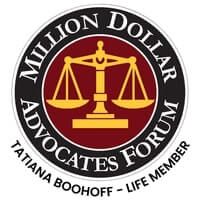


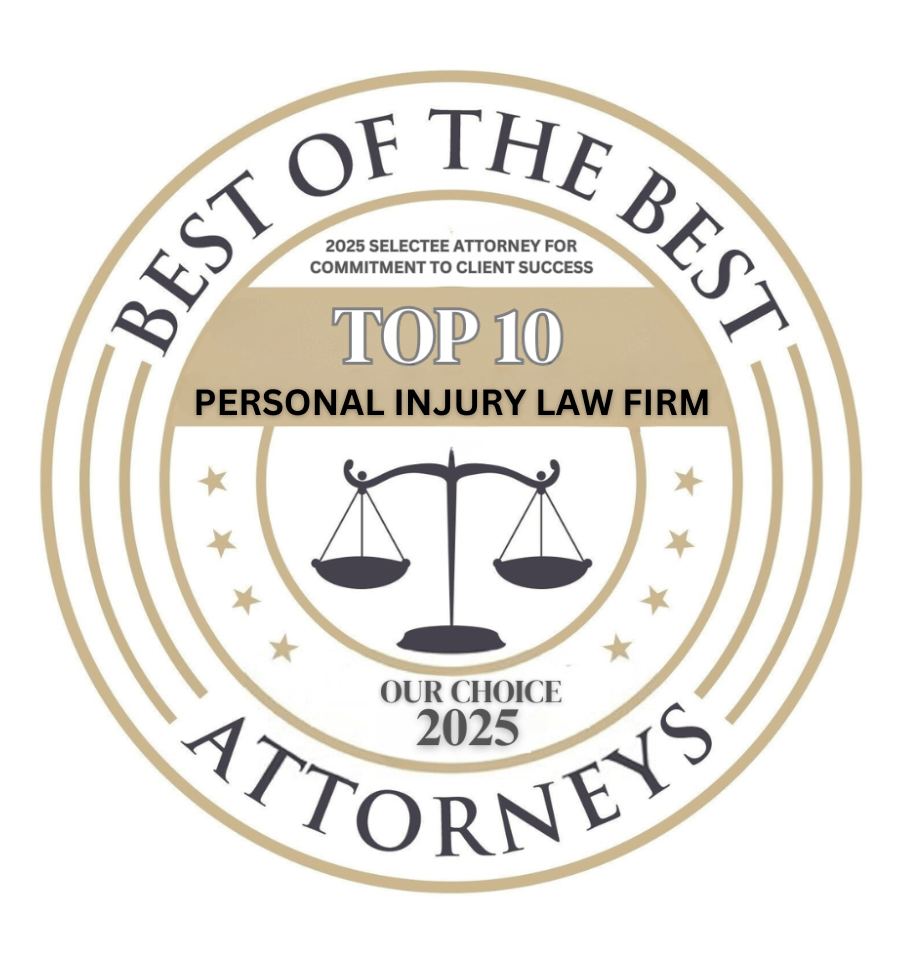
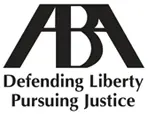
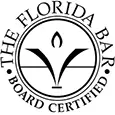
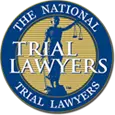
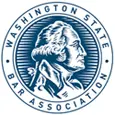



The information on this website is for general information purposes only. Nothing on this site should be taken as legal advice for any individual case or situation. This information is not intended to create, and receipt or viewing does not constitute, an attorney-client relationship.
available 24/7
(877) 999-9999
